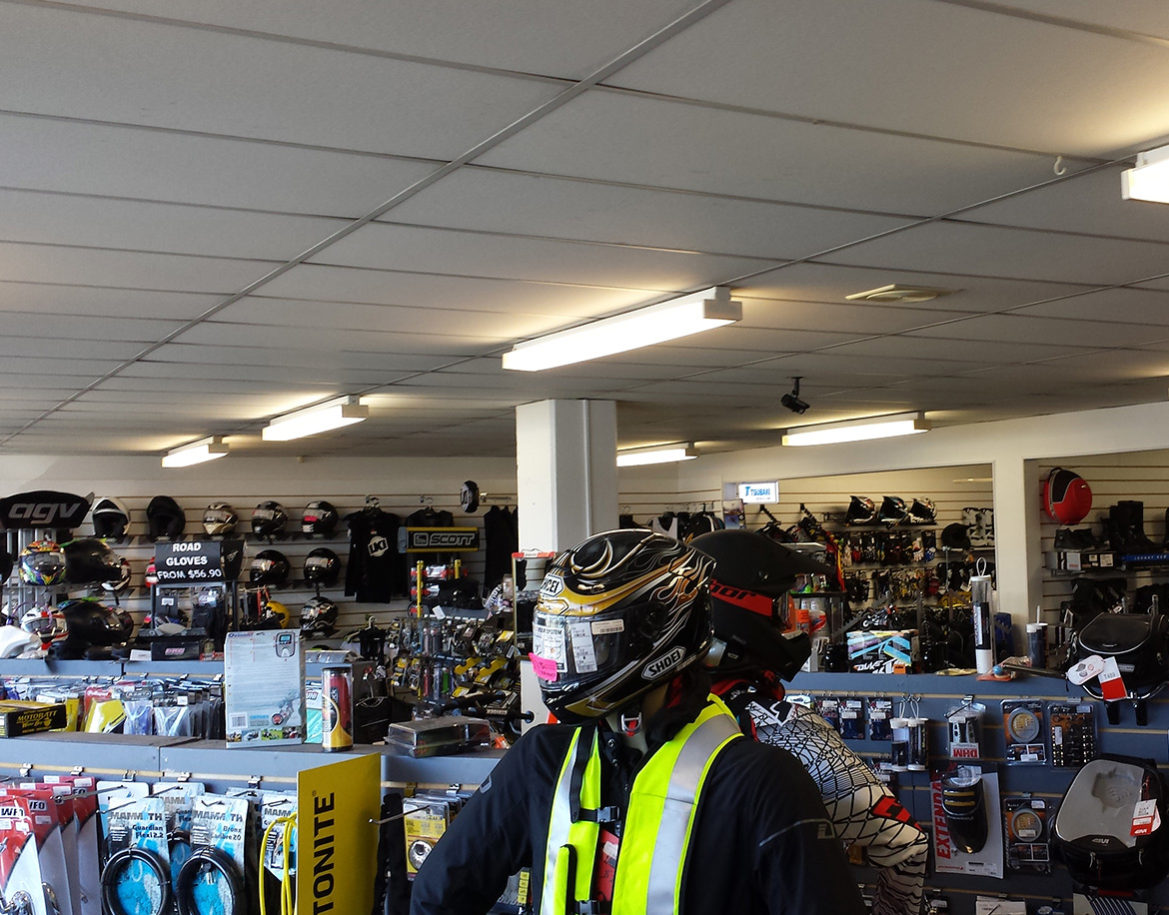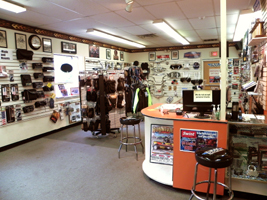Discover Top Quality Moto Parts NZ for All Your Motorcycle Demands
Discover Top Quality Moto Parts NZ for All Your Motorcycle Demands
Blog Article
Mastering Motorcycle Gears: Just How to Enhance Your Riding Experience
In the realm of motorcycling, grasping the art of equipment control is crucial for enhancing your riding performance. Effectively utilizing and understanding bike gears can considerably affect fuel, control, and acceleration performance, transforming a typical experience right into a seamless, exhilarating journey. By integrating precise shift timing and adjusting equipment option to various roadway problems, motorcyclists can make certain optimal engine efficiency and safety. The nuances of clutch control, throttle control, and gear auto mechanics bid a deeper expedition, promising to unlock the complete potential of your machine. How can these methods be utilized to really enhance your riding experience?
Comprehending Equipment Mechanics
Just how do the details of gear auto mechanics affect motorcycle performance? At the core of bike characteristics, gear technicians play an essential function in transforming engine power into motion, inevitably dictating rate and control. Gears, carefully crafted elements, permit cyclists to maximize torque and speed, making sure a smooth change through various surfaces and rates. The gear ratios, carefully designed, determine the connection in between engine transformations and wheel turns, influencing acceleration and gas efficiency.
Comprehending equipment auto mechanics starts with identifying the value of the gearbox, which houses multiple gears of varying sizes. These gears engage through a procedure known as meshing, where teeth of various gears engage to transmit power.
In addition, the idea of equipment moving is essential to maximizing efficiency. Smooth and timely changes make sure that the engine operates within its ideal power band, stopping unnecessary stress and improving durability (mx gear nz). By understanding these mechanical intricacies, bikers can achieve a harmonious mix of control, efficiency, and power, elevating their riding experience
Timing Your Shifts
Shift timing mastery is essential for optimizing bike efficiency and improving the riding experience. Appropriately timed shifts make certain that the engine operates within its ideal power band, which is vital for keeping control, achieving smooth velocity, and making sure the longevity of the motorcycle. Riders must develop an user-friendly sense of when to shift equipments, which involves recognizing the partnership between engine changes per min (RPM) and speed.
To understand shift timing, pay very close attention to the engine's audio and feel, as these provide essential clues about when to transform equipments. When the engine comes close to the top array of its power band without reaching the redline, the excellent shift point usually occurs - motorcycle shop. Changing too early can bring about a lack of power, while moving as well late may create unneeded engine pressure
In addition, road conditions and riding style influence change timing. In contrast, during freeway riding, less changes at higher rates can be more proper.
Enhancing Gas Effectiveness
While understanding bike gears is crucial for efficiency, enhancing gas performance is equally important for both economic and ecological factors. Ideal fuel intake not only decreases operational costs yet likewise lessens the eco-friendly footprint of riding. To accomplish this, one have to recognize the elaborate connection between equipment selection and engine efficiency.
First of all, motorcycle protective pants picking the ideal gear at ideal rates can dramatically influence fuel usage. Riding in a greater gear at lower speeds can cause engine lugging, which is destructive to both gas economy and engine health and wellness. On the other hand, riding in reduced gears at high rates leads to unneeded fuel intake. Hence, preserving an optimum balance by moving equipments in placement with road problems and expected maneuvers is important.
Additionally, regular maintenance plays a critical duty in gas effectiveness. Guaranteeing that the bike is well-tuned, with clean air filters and properly inflated tires, can reduce and enhance aerodynamics fuel wastage. Adopting a riding style that embraces steady acceleration and smooth slowdown can contribute to far better gas economic climate.
Methods for Smooth Transitions
Attaining smooth gear transitions is fundamental to improving the riding experience and making certain the longevity of a bike's transmission system. Correct gear moving not only adds to a smooth experience but also minimizes deterioration on the mechanical parts. To grasp the art of smooth transitions, bikers have to concentrate on a few vital techniques.

Second of all, clutch control plays a pivotal function. Engaging and disengaging the More Info clutch smoothly needs practice. The clutch bar ought to be launched gradually, enabling a seamless transfer of power from the engine to the wheels without causing a jolt or abrupt activity.

Adapting to Road Problems
Browsing varied road problems is an important skill for any motorcyclist intending to maintain control and safety. Whether you're riding on damp surfaces, gravel roads, or navigating doglegs, your capacity to adapt your gear usage and riding technique is extremely important. Understanding just how to change your equipments appropriately can considerably affect grip and stability, guaranteeing a more secure trip.
On damp roads, it is recommended to preserve higher equipments to reduce torque and decrease wheel spin. This approach helps keep grip on slippery surfaces, enabling for smoother acceleration and slowdown. On the other hand, when riding on gravel or unequal surface, reduced gears are preferable. Reduced gears offer better control and allow you to react even more quickly to unexpected changes in the road surface.
Sharp contours demand accurate gear monitoring to stabilize rate and control. Downshifting prior to going into a curve can help preserve momentum while ensuring the motorbike continues to be steady throughout the turn. Regular technique in different problems improves your ability to anticipate and respond to adjustments in road texture and incline.
Conclusion
Mastering bike equipments significantly improves the riding experience by enhancing gas, control, and velocity performance. An extensive understanding of gear mechanics and precise change timing makes sure the engine runs within its ideal power band, while smooth shifts with efficient clutch and throttle sychronisation rise comfort and efficiency. Adapting equipment selection to various road official website conditions, such as utilizing higher equipments on damp surfaces and reduced gears on crushed rock, more enhances handling and safety and security. Ultimately, these abilities boost the overall journey.
Understanding gear technicians begins with acknowledging the significance of the transmission, which houses several gears of varying dimensions. These gears communicate through a process recognized as meshing, where teeth of different equipments engage to send power (mx gear nz). Mild modifications to the throttle throughout equipment shifts can protect against jerky activities and preserve a consistent riding pace
Whether you're riding on damp surfaces, gravel roads, or browsing sharp turns, your capacity to adjust your equipment use and riding method is paramount. Adjusting gear choice to different roadway conditions, such as using higher gears on wet surfaces and reduced equipments on crushed rock, more boosts handling and security.
Report this page